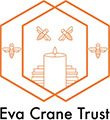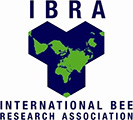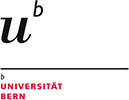|
There are several reports of honey bee populations in Europe which survive without treatment for Varroa. However, when evaluated outside their native area, higher survival and resistance traits were not observed in colonies of a survivor population. Varroainfestation is strongly influenced by environmental factors, probably affecting threshold levels on a European scale. In a Europe-wide experiment colonies of local origin survived significantly longer than colonies of non-local origin, clearly indicating the presence of genotype–environment interactions. Transmission by Varroa selects for virulent strains of DWV, but it is currently unknown how these may interact with different genotypes of bees. The distribution of Nosema ceranae is significantly affected by environment, but there is at least one Nosema-resistant population. |
|
MD Meixner, P Kryger, C Costa – Current Opinion in Insect Science, 2015 10:177-184 doi:10.1016/j.cois.2015.05.010
|
| http://www.sciencedirect.com/science/article/pii/S2214574515000899 |







